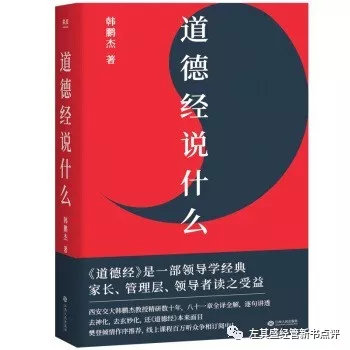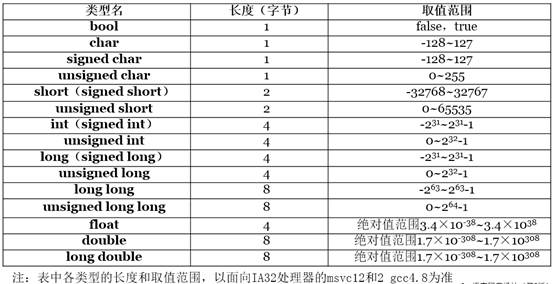Context
I'm trying to extract topics from a set of texts using Latent Dirichlet allocation from Scikit-Learn's decomposition module. This works really well, except for the quality of topic words found/selected.
In a article by Li et al (2017), the authors describe using prior topic words as input for the LDA. They manually choose 4 topics and the main words associated/belong to these topics. For these words they set the default value to a high number for the associated topic and 0 for the other topics. All other words (not manually selected for a topic) are given equal values for all topics (1). This matrix of values is used as input for the LDA.
My question
How can I create a similar analysis with the LatentDirichletAllocation module from Scikit-Learn using a customized default values matrix (prior topics words) as input?
(I know there's a topic_word_prior parameter, but it only takes one float instead of a matrix with different 'default values'.)
EDIT
Solution
Using @Anis' help, I created a subclass of the original module, and edited the function that sets the starting values matrix. For all prior topic words you wish to give as input, it transforms the components_ matrix by multiplying the values with the topic values of that (prior) word.
This is the code:
# List with prior topic words as tuples
# (word index, [topic values])
prior_topic_words = []
# Example (word at index 3000 belongs to topic with index 0)
prior_topic_words.append(
(3000, [(np.finfo(np.float64).max/4),0.,0.,0.,0.])
)
# Custom subclass for PTW-guided LDA
from sklearn.utils import check_random_state
from sklearn.decomposition._online_lda import _dirichlet_expectation_2d
class PTWGuidedLatentDirichletAllocation(LatentDirichletAllocation):
def __init__(self, n_components=10, doc_topic_prior=None, topic_word_prior=None, learning_method=’batch’, learning_decay=0.7, learning_offset=10.0, max_iter=10, batch_size=128, evaluate_every=-1, total_samples=1000000.0, perp_tol=0.1, mean_change_tol=0.001, max_doc_update_iter=100, n_jobs=None, verbose=0, random_state=None, n_topics=None, ptws=None):
super(PTWGuidedLatentDirichletAllocation, self).__init__(n_components, doc_topic_prior, topic_word_prior, learning_method, learning_decay, learning_offset, max_iter, batch_size, evaluate_every, total_samples, perp_tol, mean_change_tol, max_doc_update_iter, n_jobs, verbose, random_state, n_topics)
self.ptws = ptws
def _init_latent_vars(self, n_features):
"""Initialize latent variables."""
self.random_state_ = check_random_state(self.random_state)
self.n_batch_iter_ = 1
self.n_iter_ = 0
if self.doc_topic_prior is None:
self.doc_topic_prior_ = 1. / self.n_topics
else:
self.doc_topic_prior_ = self.doc_topic_prior
if self.topic_word_prior is None:
self.topic_word_prior_ = 1. / self.n_topics
else:
self.topic_word_prior_ = self.topic_word_prior
init_gamma = 100.
init_var = 1. / init_gamma
# In the literature, this is called `lambda`
self.components_ = self.random_state_.gamma(
init_gamma, init_var, (self.n_topics, n_features))
# Transform topic values in matrix for prior topic words
if self.ptws is not None:
for ptw in self.ptws:
word_index = ptw[0]
word_topic_values = ptw[1]
self.components_[:, word_index] *= word_topic_values
# In the literature, this is `exp(E[log(beta)])`
self.exp_dirichlet_component_ = np.exp(
_dirichlet_expectation_2d(self.components_))
Initiation is the same as the original LatentDirichletAllocation class, but now you can provide prior topic words using the ptws parameter.



